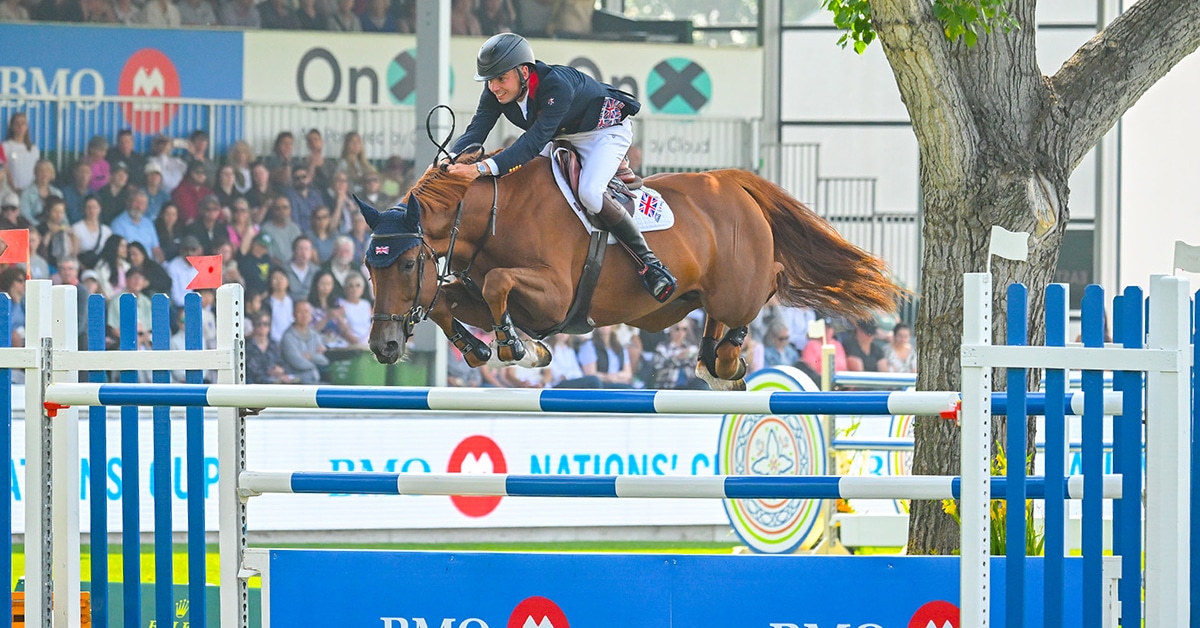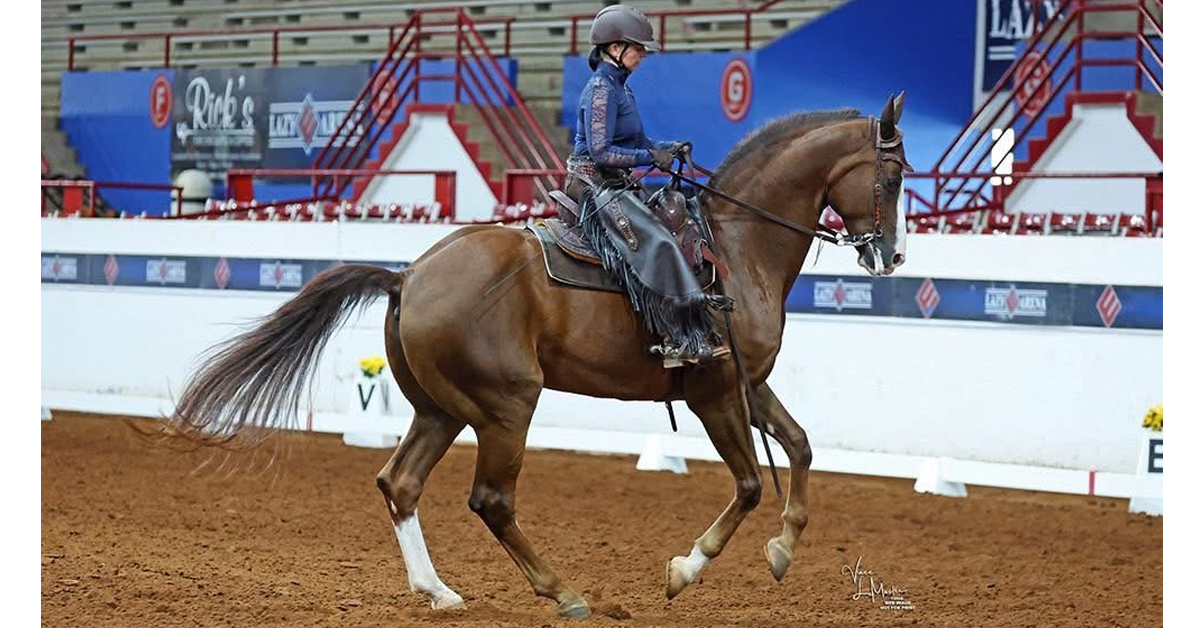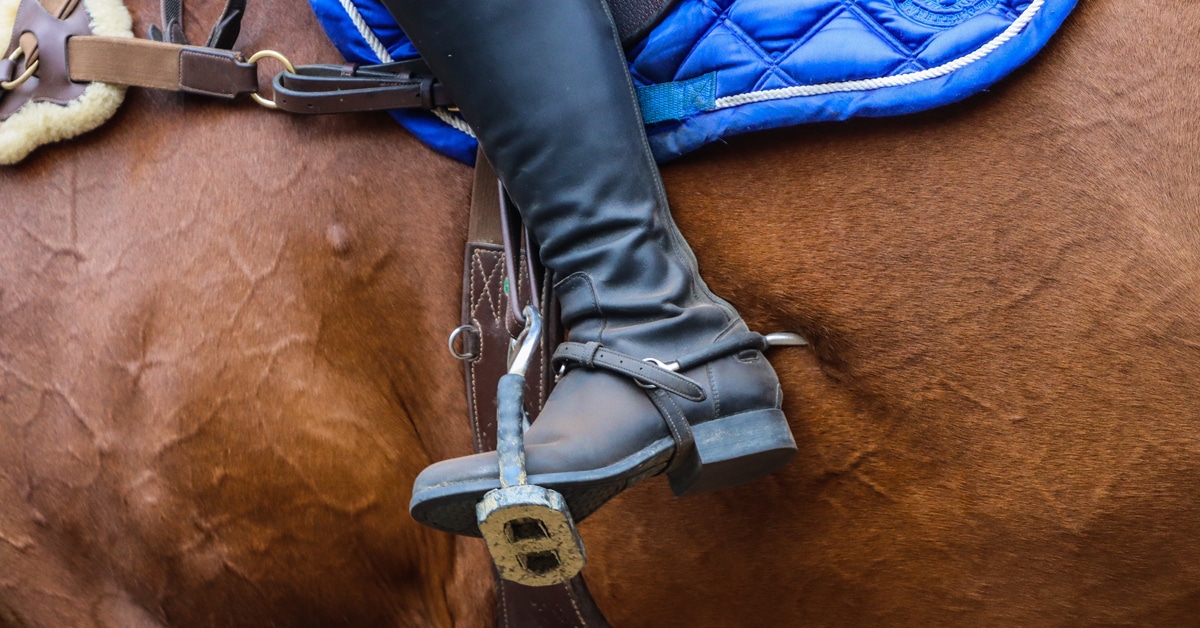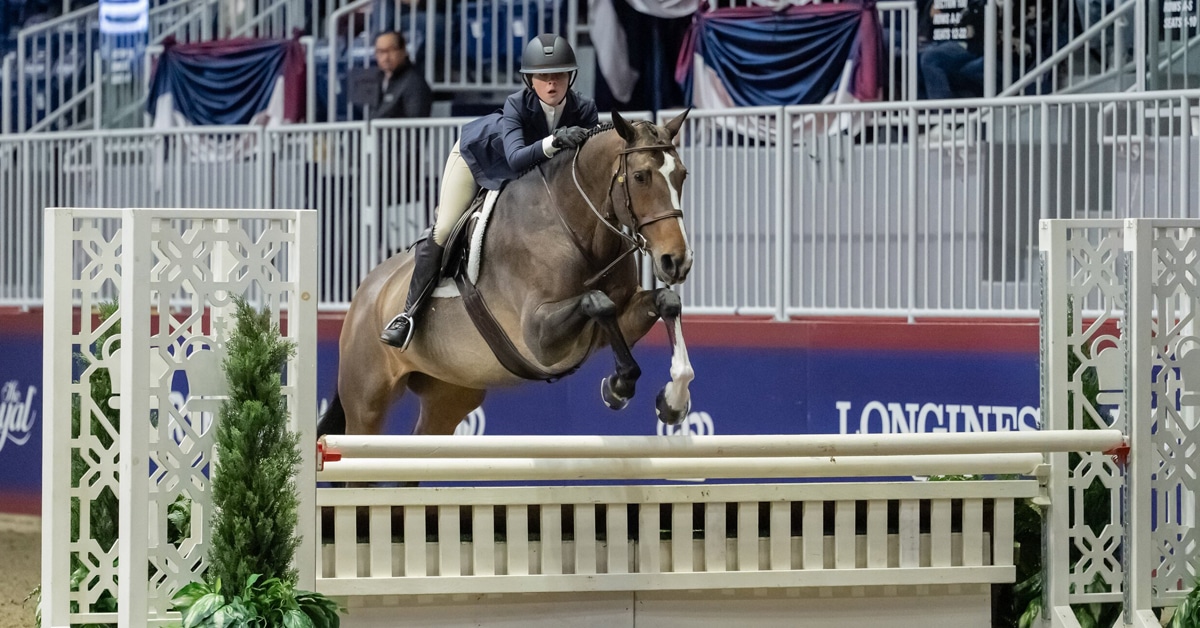With the social license of equestrian sports under increasing scrutiny due to welfare concerns, being able to recognize what a pain-free, happy horse truly looks like is more important than ever. Although many top riders claim their horses are “happy” competing at elite levels, often anthropomorphizing qualities such as competitiveness, pride, or joy in the limelight, the growing body of research challenges many long-held anecdotal beliefs and highlights many misunderstandings of equine behaviour.
Horses do experience a range of complex emotions and often seem to enjoy learning and participating in our activities. Every equestrian knows the bond that is nurtured and shared between horse and rider is profound and unmistakable, but how can we truly understand how a horse feels? How can we determine if a horse is happy and comfortable being ridden?

Sue is a former President of the British Equine Veterinary Association and is currently scientific advisor to the Saddle Research Trust.
Sue Dyson, a renowned researcher, veterinarian and orthopedic clinician, has conducted multiple studies in recent years monitoring behaviour and gait qualities. Her work has determined common pain behaviours and led to the development of the Ridden Horse Pain Ethogram (RHpE) which by contrast has better equipped us to understand how a happy, pain-free horse is likely to move and behave.
“When I first started the work on ridden horse behaviour in 2017,” she explains, “it was because I wanted to enable people at any level within the equine industry to recognise signs that may indicate discomfort, given that it was clear that people are poor at recognising lameness or other performance-related changes in movement secondary to pain.”
Multiple studies of sports horses and riding school horses across Europe have proven people – even experienced riders – have difficulty recognizing lameness or pain signs in horses. The normalization of abnormal behaviours is so prevalent owners/riders go so far as to make excuses for or blame horses for sour personalities, laziness, spookiness, etc.
“There is a need to address the lack of recognition of how comfortable horses should behave,” Dyson says. Much of her work has sought “to facilitate differentiation between pain-induced behaviour [and] genuine training problems – to differentiate between conflict behaviour (defined by the International Society for Equitation Science as, in ridden horses, behaviour exhibited as the results of conflicting cues) and discomfort.”
Of a recent study with Danica Pollard comparing the behaviour of non-lame horses to lame horses, she says “We wanted to demonstrate as clearly as possible how comfortable horses should appear. We want to project, in these difficult times for the equine industry, that harmonious horsemanship is possible (it can only happen in a pain-free horse). We believe that abnormal behaviour has been normalised (because of the high proportion of uncomfortable horses) and we need to know what normal looks like. We strongly believe that the equine industry has to look at itself carefully, acknowledge those things that we are not doing well, demonstrate why and how we are going to change some things – but people need to know the difference between normal and abnormal.”
What Does a Happy, Pain-free Horse Look Like?
Happy, pain-free horses move with ease, balance, and willingness, reflecting both physical comfort and a positive mental state. Their heads are stable, neither bobbing, twisting, nor shifting side to side, and their ears will often be relaxed or flicking back and forth, showing attentiveness to the rider and surroundings. The horse maintains a soft, supple posture, engaging its hindquarters, lifting its back, and reaching forward rather than showing tension or resistance. A happy horse generally responds favourably to the rider’s cues, demonstrating a sense of trust and understanding in their work.
“Increased awareness of what a pain-free horse should look like … may improve equine welfare and performance, and rider comfort, confidence and safety, and improve training practices.”
“The ultimate aim of riding and training a horse is the development of a harmonious relationship between the horse and rider,” Dyson insists, “with the horse responding to barely perceptible cues, willingly and without excessive tension, moving freely forwards with good quality paces, without undue restriction from a rider, so that the horse progressively develops neuromotor pathways and musculoskeletal strength and coordination appropriate for the tasks it has to perform. This harmonious picture was largely observed in the non-lame horses in the [recent] study. Increased awareness of what a pain-free horse should look like, based on the results of this study, may improve equine welfare and performance, and rider comfort, confidence and safety, and improve training practices.”
The results of that study found that a large majority of the non-lame horses kept their heads still, and did not move up and down or side to side, the eyes were open with no sclera exposed, all of the tongue remained within the oral cavity with a symmetrically positioned bit, and the tail was held straight and carried freely. “Horses maintained a regular rhythm and speed in all paces, moving straight on two tracks. Non-lame horses initiated canter with the correct leading forelimb and did not change legs in front or behind; there were no spontaneous changes of gait, no repeated forelimb or hindlimb stumbling, and an absence of bilateral hindlimb toe drag. Horses followed the direction of the rider’s cues, with no spooking, and went forward willingly, with an absence of bucking or rearing.”
Pain-induced Behaviour vs Genuine Training Problems
With the Ridden Horse Pain Ethogram we can more easily identify behaviours most commonly associated with horses in pain, but even Dyson concedes that “Differentiation between pain, rider errors and tack-related problems is not always straightforward.”
Although objective gait analysis (ex: the Lameness Locator) can identify asymmetry outside the normal range in horses performing adequately, it cannot determine why. Such asymmetries could reflect discomfort (which bears significance for pre-purchase examinations, etc) but could also simply reflect innate asymmetry or weakness (potentially not related to discomfort). Analysis of behaviour helps us differentiate and glean a better understanding of a horse’s state of being.

This horse is exhibiting several conflict behaviours: raised head, pinned ears, hollowed back and tail swishing. (RHpE photo)
As described in the study, the International Society for Equitation Science has defined conflict behaviours “as those caused by application of simultaneous opposing signals (conflicting cues such as go and stop/slow) such that the horse is unable to offer any learned responses sufficiently and is forced to endure discomfort from relentless rein and leg pressures. Similarly, conflict behaviour may result from incorrect negative reinforcement, such as the reinforcement of inconsistent responses or lack of removal of pressure.”
Conflict behaviours, including but not limited to champing the bit, tail-swishing, biting, kicking, rearing and bucking, have been further described as “a set of unwelcomed responses of varying duration that may be characterized by hyper-reactivity and arise largely through confusion… and are thought to have their origins in intraspecific antagonistic behaviours and counter-predator responses.” Although there has been a tendency to attribute some aspects of these behaviours to conflict behaviour without consideration of underlying pain, we now know “there is considerable cross-over between these behaviours and those that are often observed in ridden horses with musculoskeletal pain.”
In the study, the authors describe “a minority of the non-lame horses showed repeated tail swishing, opening of the mouth with separation of the teeth for at least 10 seconds, a head tilt, an intense stare for 5 seconds or more, or the ears being behind vertical for 5 seconds or more. These may be a manifestation of conflict behaviour.
“There are some circumstances when it may be challenging to differentiate between conflict behaviour and pain or a combination. For example, when performing piaffe, a biomechanically demanding movement, a horse may show an irregular hindlimb rhythm, with unequal height steps, put its ears back, repeatedly swish the tail (often in synchrony with spur cues), open the mouth repeatedly (often in rhythm with the steps, therefore possibly being influenced by movement of a rider’s hands ± oral pain induced by the bit), and the head may be persistently behind a vertical position. The question is whether the gait irregularities are because of pain, muscle weakness (reflecting previous training), or lack of strength and coordination, and how much the behaviours are influenced by inadvertent conflicting cues, and a possible influence of a double bridle, or a combination of factors including discomfort.
“A poor rider may induce conflict behaviours by the application of conflicting cues however horses vary in their tolerance to either poor riding or pain, and each horse reacts differently. It must be borne in mind that the horses in the current study were ridden by riders with a large range of ability, experience and skill. A horse may be experiencing stress despite showing relatively subtle signs, for example ears back and an intense stare, rather than more obvious signs such as stopping spontaneously. Improvement in a rider’s position and application of cues may improve a horse’s performance, but in the presence of 8 or more of the 24 behaviours of the RHpE … veterinary investigation may be merited.”
Significance of RHpE with Gait Analysis
As prey animals, horses are hard-wired to hide their pain so as not to appear vulnerable which means we, as their caretakers and riders, must be aware of signs of pain beyond the obvious and recognize certain behaviours as communications of discomfort. Learning the 24 behaviours of the RHpE is arguably the best tool we have at present to determine if a horse is silently suffering. This is especially important to bear in mind considering that “even with training, coaches are poor at recognising hindlimb lameness,” the authors explain. Hindlimb lameness was identified in 80% of the lame competition horses, often as bilateral lameness.
“Lameness grading in horses with lameness in more than one limb is potentially inaccurate. It is important to recognise features reflecting pain-induced compromises in hindlimb gait such as reduced step length, increased duty factor [percentage of time a limb is weight-bearing], reduced range of motion of the thoracolumbosacral region, reduced hindlimb impulsion and engagement, reduced suspension or absence of suspension and changes in speed.” Some of these qualities could be easily mistaken for sluggishness or laziness (reduced hindlimb engagement), and even disobedience (changes in speed) when unrecognized, which is potentially why they are so prevalent among competition horses, particularly the low-level one-day event horses in the study.
“Objective gait analysis relies on analysis of asymmetry,” the authors explain, “the results of which can be misleading if lameness is bilaterally symmetrical. These observations emphasise the potential value of the RHpE for identifying horses which may be experiencing musculoskeletal discomfort, with the potential to compromise performance.”
Harmony of Horsemanship
In Dyson’s newest documentary, Horses & the Science of Harmony (below), multiple top-level event riders, experts, and veterinarians discuss the horse-human relationship, how horses perceive the world, how pain is communicated, and what pain-free horses look like. This must-watch film not only celebrates the one-of-a-kind bond shared between horse and rider, but shares the modern science and significance of the horse’s sensory perception so that we may better understand (and accommodate) our horses’ experiences as partners in sport and in a human world.
“We are trying hard to promote a good picture for equestrianism considering the increasingly vocal criticism of the industry,” Dyson says of her recent projects. With her and her colleagues’ research, we as an industry can (re)train our perceptions of what “normal” should look like in comfortable horses, and better determine the likely cause of a training problem – whether it’s the result of lack of understanding, conflicting cues, or underlying discomfort – and address it.
Although we might not yet be able to definitively answer the question of how to tell if horses genuinely feel joy, pride, or happiness while being worked, by being able to identify how a pain-free, stress-free horse should move and behave is making strides in the right direction.
The Latest









